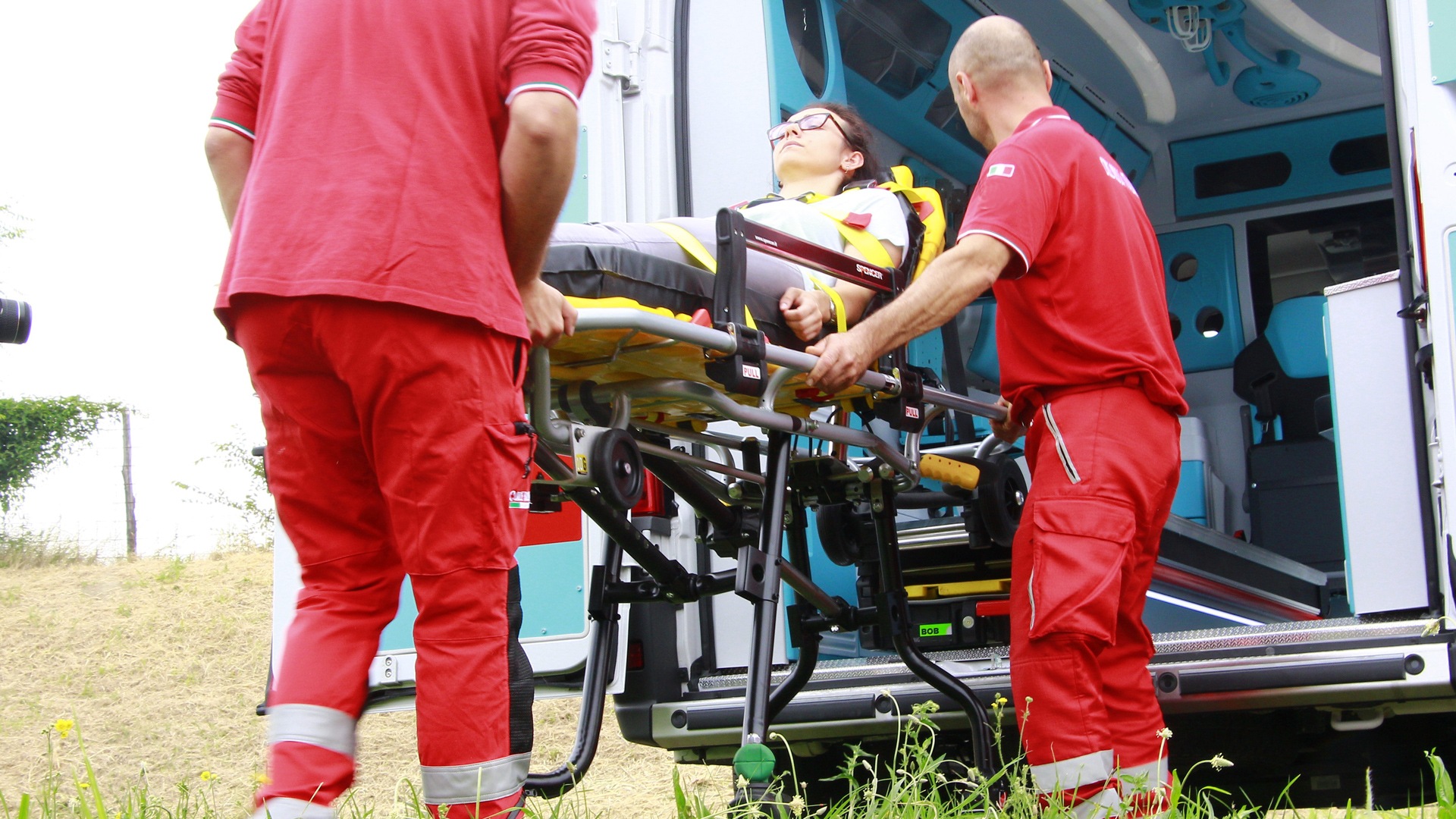
Medical devices review: How to maintain warranty on your products?
Official maintenance service saves lives!
As mentioned before, in order to maintain the conformity – not a warranty, which is a different concept -, the more attentive and safety oriented manufacturers require that devices are the subjects of a maintenance plan.
BEWARE OF ALL THOSE MANUFACTURERS THAT CAN’T PROVE TO BE PROACTIVE IN THE MAINTENANCE SECTOR.
It is the manufacturer’s total responsibility to guarantee the device conformity, by carrying out the required maintenance or review activities, through its employees working for authorized retailers.
The user must ALWAYS go back to the manufacturer to acquire information on how to maintain the device correctly. Unfortunately, it is not uncommon for unauthorized personnel to carry out “functional checks” or “refresh” of the health devices.
These actions are not authorized, hence they are not valid. In this case, the device loses the CE marking and, according to law, it cannot be used aboard the ambulance.
If you are not attentive to the maintenance of your medical devices… It becomes your own problem!
It is the user’s responsibility to allow the manufacturer to carry out regular maintenance, the substitution of ageing parts and other checks.
Otherwise, the device loses its essential requirements “by a cause that cannot be attributed to the manufacturer”.
These conditions put at very high risk the patient and the user, both from a safety and regulation points of view.
If the device causes any harm to either the patient or the user due to improper use or a missed scheduled maintenance, the user’s employer will be responsible in a court of law as prescribed in the local legislation.
You thought this was enough…but it isn’t! The European Union has already approved the new Regulation 2017/745.
This is going to substitute starting from the 26th of May 2020 all the Counsel’s guidelines and all the precedent Regulations. This is a very important Regulation and has its main objective the improvement of safety and control of emergency medical devices.
Devices such as suction units, stretchers, cervical collars, defibrillators, ECG monitors, transport chairs and many others will need to comply with this new Regulation, which lays out more strict requirements.
The new rules should be able to push out of the market those manufacturers and distributors that are not compliant with the new European standards and therefore potentially dangerous.
[/vc_column_text][/vc_column][/vc_row]


